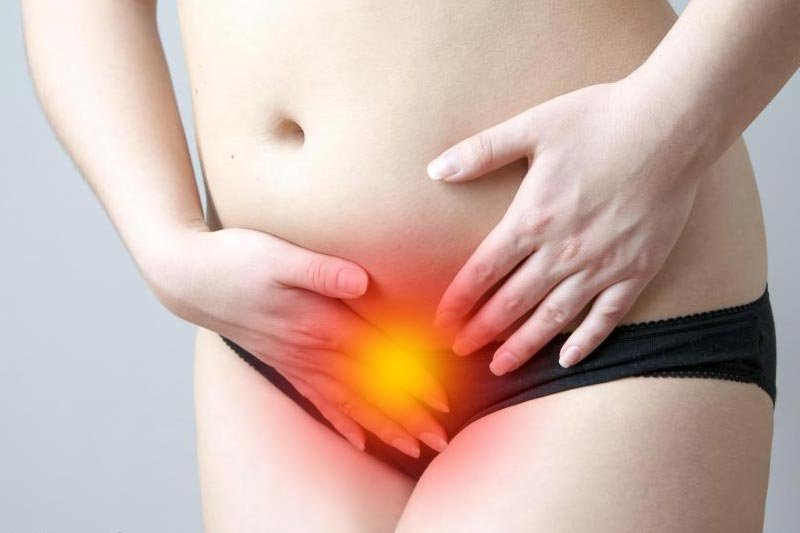What all you need to know about Uterine Fibroid Embolization (UFE) : Fibroids are the tumors that grow in the reproductive system of the females. If in case you witness the symptoms of Uterine Fibroids then you need not worry as around 99 percent times the tumors are not harmful. The growth of this particular kind of tumor found on the walls of the uterus, and the size may vary massively from being lesser than an inch to 12 inches in diameter.
They can multiply in size over months and years. With the help of thorough studies and tests, it has been found out that by the age of 50 almost 20-80 percent women develop fibroids. Shocking! Isn’t it?
Some of the most common symptoms of a Uterine Fibroid
The problem can show mild or sometimes no symptoms at all due to which it goes unnoticed and undetected most of the time. But, in case they show up, these are the symptoms a woman will have to face:
- Anemia (Leads to the low iron count)
- Experiencing pain during sexual intercourse
- Pain in the legs, back, and the pelvic area
- Bloating and constipation
- Prolonged and heavy periods
How can Uterine Fibroids be treated?
- Surgical removal of the ovaries and the uterus, also known as hysterectomy
- Getting rid of the fibroids surgically, also known as myomectomy
- Trying the minimally invasive treatment, which is uterine fibroid embolization (UFE) or UFE fibroid treatment
- Prescribing the birth control pills
Out of the four options mentioned above, the UFE Fibroid Treatment remains the most preferred. Do you want to know why? Here are some reasons that will help you understand better:
- It is a non-surgical treatment
- The complication rate is the lowest
- Helps reduce blood loss and pain to a higher level
- Very less recovery time required by the body after undergoing this treatment. The patient can even resume back to the average daily activities on the same day of the treatment
- If you have un-correctable bleeding issues, then this is the best treatment you can opt for
How is uterine fibroid Embolization (UFE) performed?
With the help of one small incision in the upper thigh, the uterine artery is targeted followed by the insertion of the slender hollow tube, better known as catheter. After placing the catheter in the targeted place, microspheres are injected inside the body that blocks the supply of the blood to the fibroids. When the blood supply to the fibroids is stopped it causes them to shrink and then soften later. To perform the procedure local sedation is given which is done by injection very light anesthesia.
Clinical studies have proven that 90% of the symptoms of Uterine fibroid resolve immediately within 3 to 12 months of getting the treatment. However, if the symptoms are not severe, then a patient can expect faster recovery.
What makes you unfit for undergoing uterine fibroid Embolization (UFE)?
- Pregnancy
- If you have recently had a pelvic infection
- Had any vascular disease
- Undergoing Uterine Fibroid Embolization Treatment is not an option if you have huge fibroids
What can you expect after the procedure?
Women who undergo UAE are expected to stay in the hospital after the treatment. In some of the rarest cases, women are discharged on the same day too.
Do not worry if your pelvic cramps are making you feel uneasy and worried as these are quite common after getting UAE. Pelvic pains might cause you discomfort for up to 2 weeks
Related Videos about What all you need to know about Uterine Fibroid Embolization (UFE):
https://www.youtube.com/watch?v=l9QuEsp75pw
Uterine Fibroid Embolization – Cheryl Hoffman, MD




